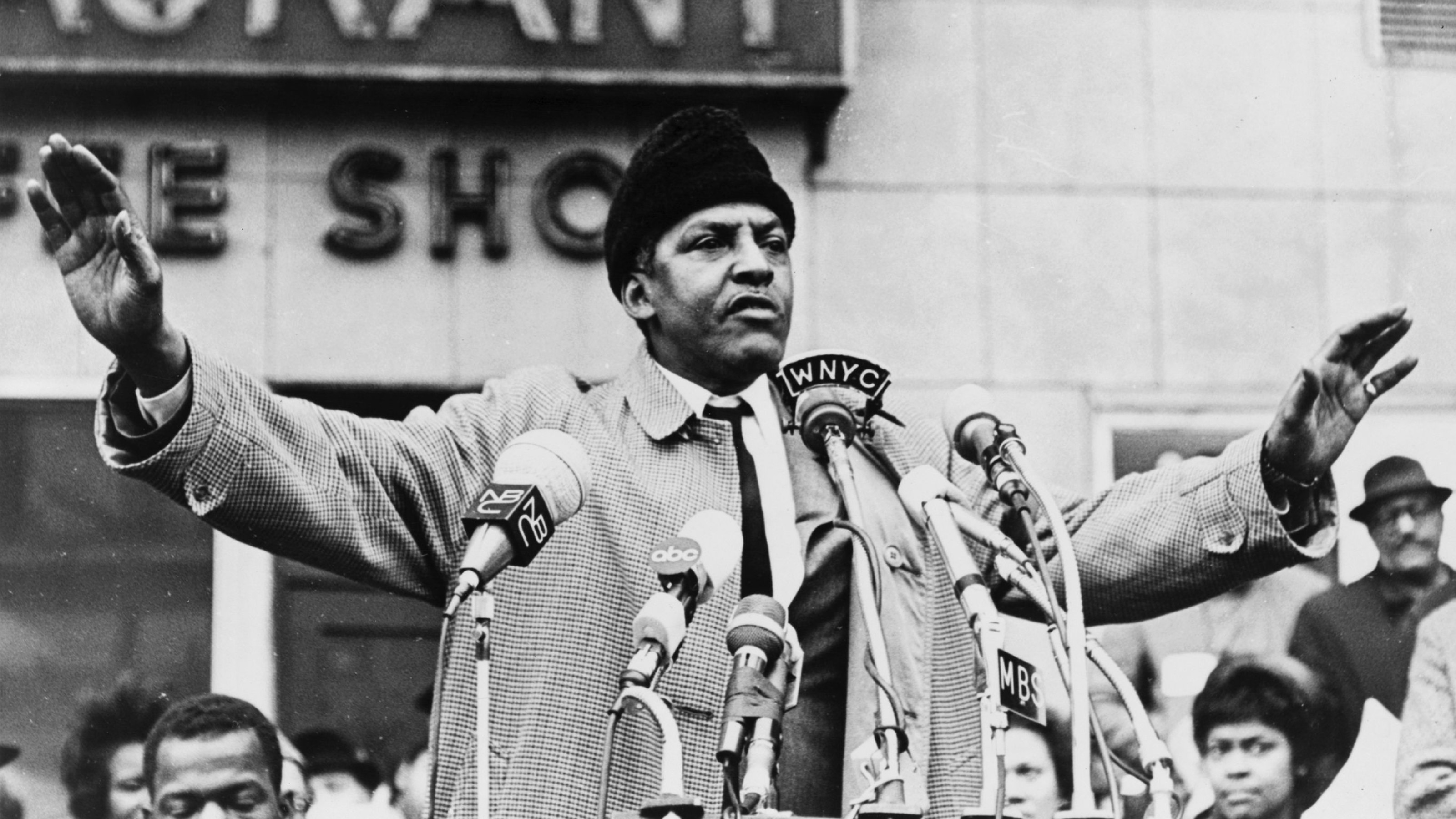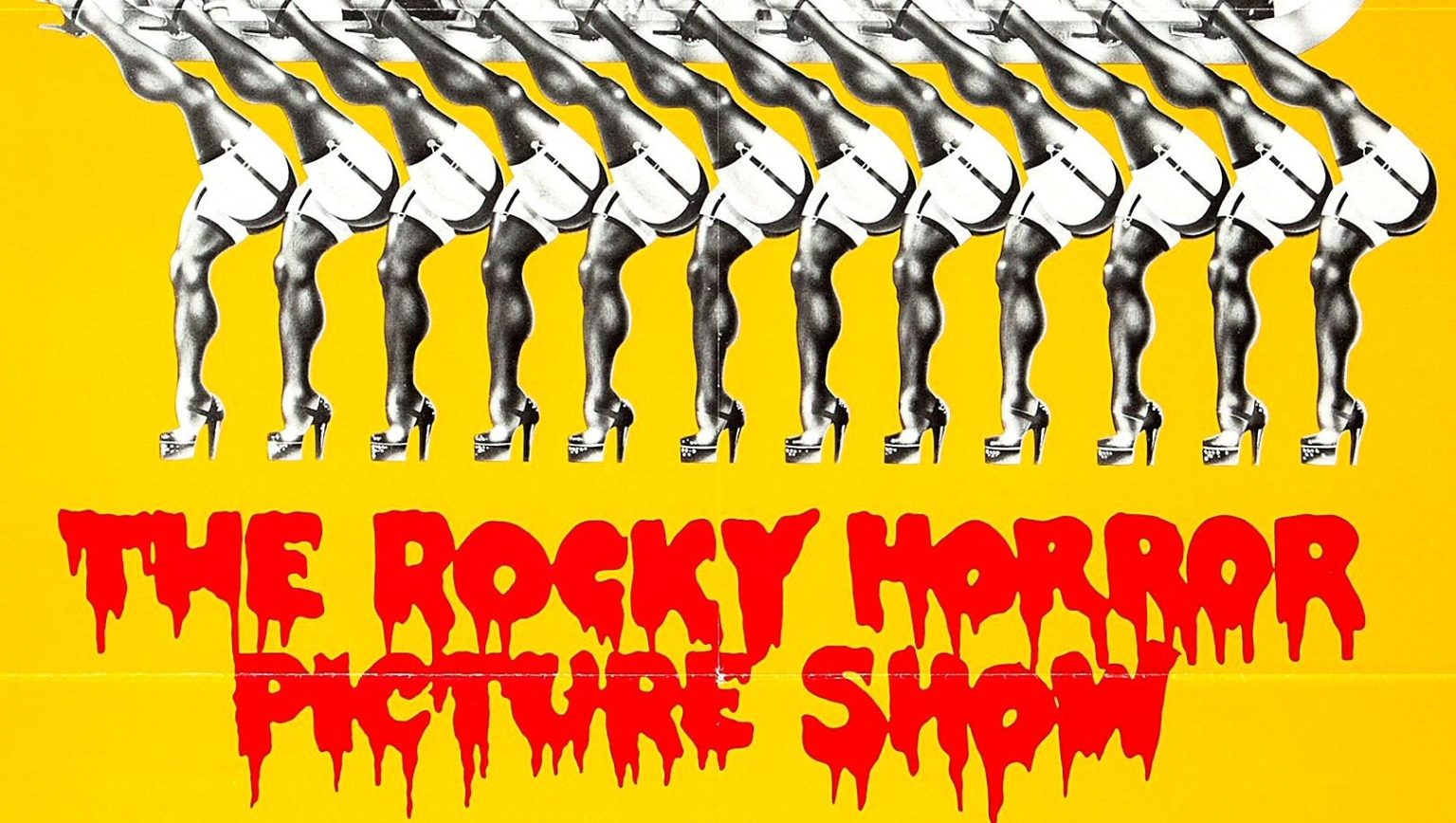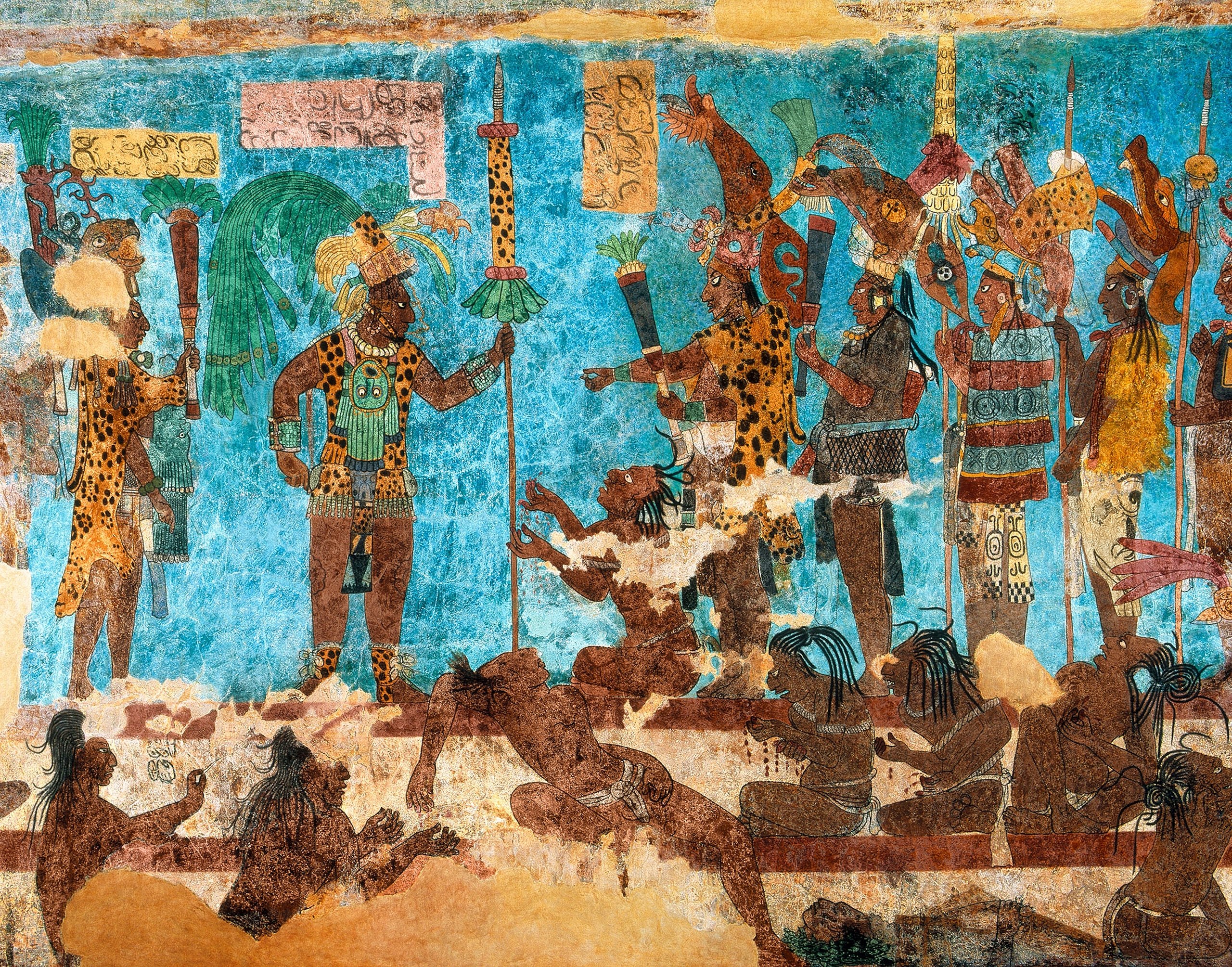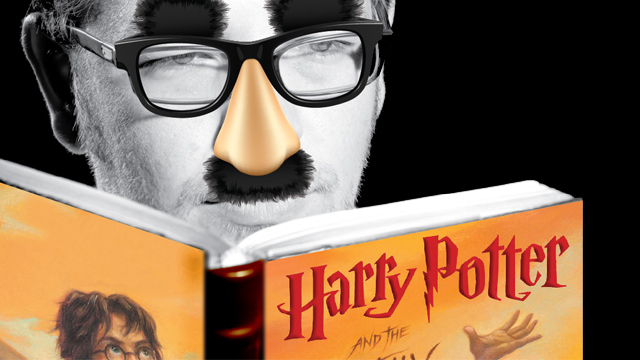Was Catwoman a Civil Rights Protest Figure?
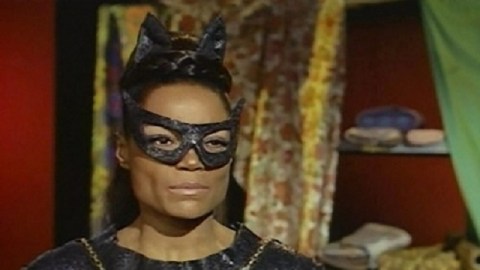
As the assault of comic book superhero-featuring movies over the past few years attests, the men and women in tights serve today as the closest thing American culture has to a mythology. Whenever someone can add a layer of understanding to that mythology, I can’t help but try to incorporate it into my own understanding of superherodom. When I read Deborah Elizabeth Whaley’s “Black cat got your tongue?: Catwoman, blackness, and the alchemy of postracialism,” in the latest issue of Journal of Graphic Novels and Comics, I finally understood the special quality that Eartha Kitt brought to the Catwoman character in the late 1960s Batman television series. More than just a purring voice and skin-tight, iridescent leotard, Kitt’s Catwoman (shown above) challenged racial attitudes at one of the most racially charged moments in American history, making, as Whaley puts it, “Catwoman’s various meanings for engaging with aspects of difference constitute more than the sum of her nine comic book lives.”
Whaley, a professor in the Department of American Studies at the University of Iowa, tracks the long and tortured history of the Catwoman character, who disappeared entirely from the pages of comic books from 1954 and 1966 thanks to the sexually repressive nature of the Comics Code Authority. Catwoman’s slinky feline id continually challenged the dogged nature of Batman’s sexually stunted superego. Various writers found solutions to easing that sexual tension, including one alternate universe in which they couple and have a superheroine daughter. The main villain for Batman will always be the Joker—the brightly colored anarchy-driven loon 180 degrees opposite to the dark, rational stoic Batman. Catwoman, however, provides a figure to explore the sexual side of Batman in a way that Joker never can. “Catwoman created a narrative space of hetero-normativity,” Whaley argues, “which strategically undercut the perceived homoeroticism between the characters Batman and Robin in the comic book and 1960s television series.”
The Batman television series first cast Julie Newmar as Catwoman. The 1966 Batman motion picture featured beauty queen Lee Meriwether as the feline felon. Michelle Pfeiffer would later go on to play Catwoman on the big screen. Anne Hathaway will do the honors in the next Batman film, The Dark Knight Rises. In the midst of all those white actresses, Kitt stands almost alone, accompanied (kind of) by Halle Berry in the 2004 film Catwoman. “Kitt’s voice inflection and enunciation of Catwoman’s infamous cat phrases was impeccable, and the underlying sexual connotation of the character consistent with earlier versions,” Whaley writes. “However, the sexual inferences that constituted Newmar and [Adam] West’s relationship was curiously absent in the second season and Catwoman’s character took a sharp turn from feline fatale to plain fatal.” Although Whaley credits Kitt’s Catwoman “for its mostly un-stereotypical and unique portrayal of a lead Black female character,” she laments that “although open to a Black Catwoman, when it came to the sexual implications of the new Catwoman and existing (read white) Batman, writers replaced Catwoman’s sexual innuendos with cunning and mischievous pursuits to avoid representing a holy Bat-abomination, i.e., an interracial romance.” Kitt could break one barrier (a powerful Black woman), but not another (a Black woman with a white man).
Thus, for Whaley, Catwoman remains “a dubious mixture of 1960s civil rights protest, racial inclusion, and post-racial cultural politics.” For all the personal charisma and power the real-life activist Kitt brought to the role, even she could only go so far in that limited and limiting climate. Whatever victory Kitt could claim soon evaporated as Meriwether and other white actresses took on the role over the years. “Kitt’s reinterpretation of Catwoman did challenge notions of space and Blackness in the popular imagination and the confines of the previous lived social relations of racial apartheid and segregation in the US,” Whaley contends, but that challenge lacked follow-up, even when the African-American actress Halle Berry played the same character 40 years later. Whereas Kitt’s “colorblind” casting broke new ground in 1967, Berry’s “twenty-first century Black Catwoman could not break new ground or carve out meaningful gender, racial, and sexual spaces while remaining squarely situated in a 1960s approach of inclusion,” Whaley believes. “In this sense,” Whaley concludes, “Berry’s racial difference in the film made little difference at all, and was less radical than that of her 1967 predecessor.” Berry, a much lighter skinned African-American with a much less challenging personality, failed to match not only Kitt’s challenging complexion, but also her personal charisma. As Whaley points out, Kitt grilled President Lyndon Johnson at a 1968 White House dinner over the disproportionate number of young Black men dying in the Vietnam War. It’s impossible to imagine, for example, Berry standing up to George W. Bush over Iraq.
Whaley’s article sheds new light not only on the character of Catwoman and the unique spin Eartha Kitt put on the villain, but also on the different kind of villainy that allowed Kitt’s characterization to push the envelope in some directions but not others, specifically sexual—the greatest taboo. What these comic book characters say and do speaks volumes about what we say and do as a culture. Eartha Kitt aspired to be the first colorblind Catwoman, but failed not because of any personal lack of talent, but because of a failure of racial tolerance.

